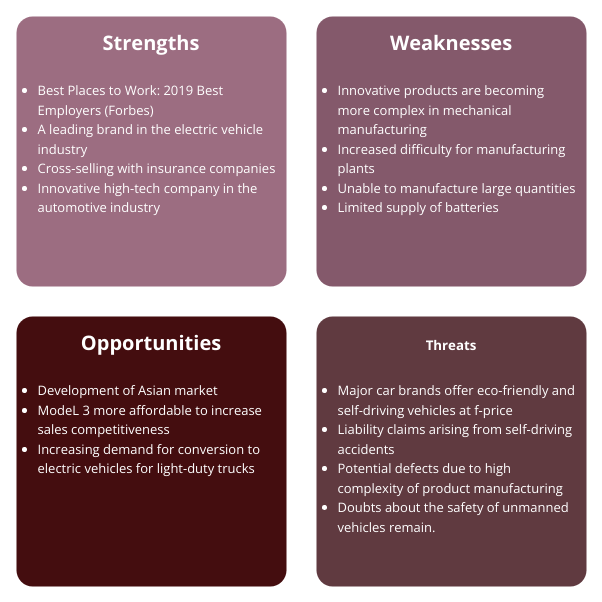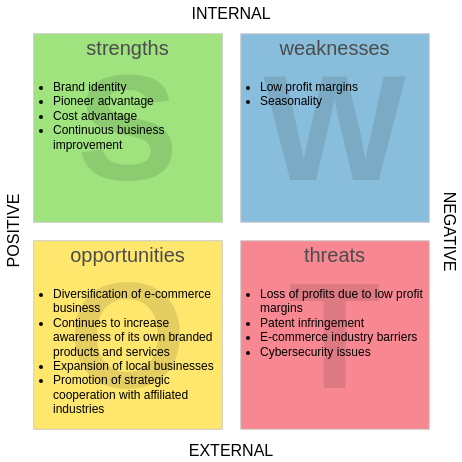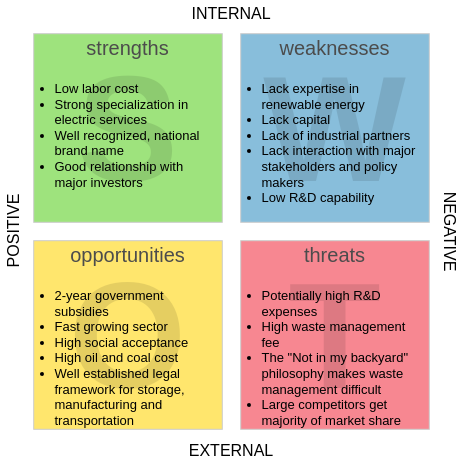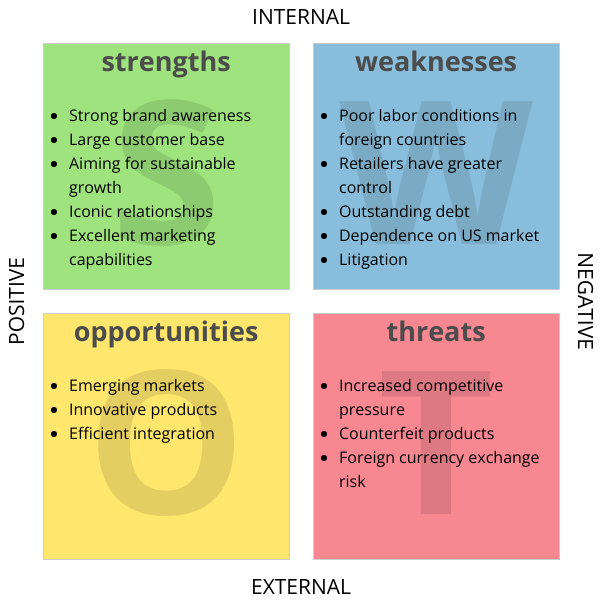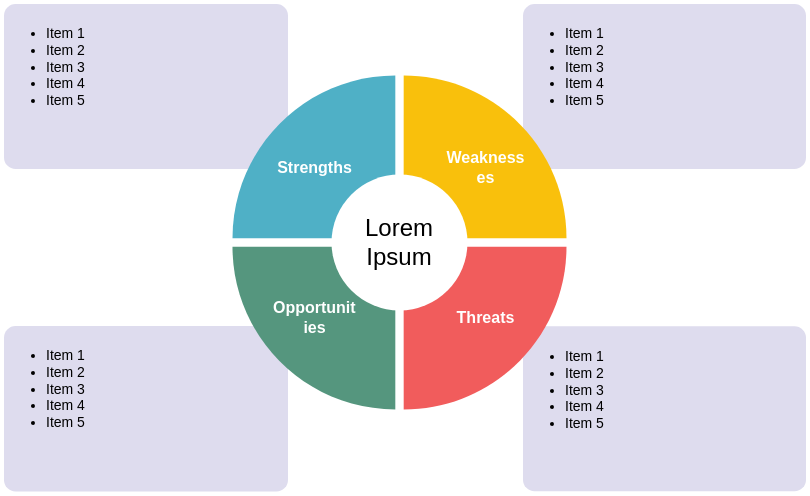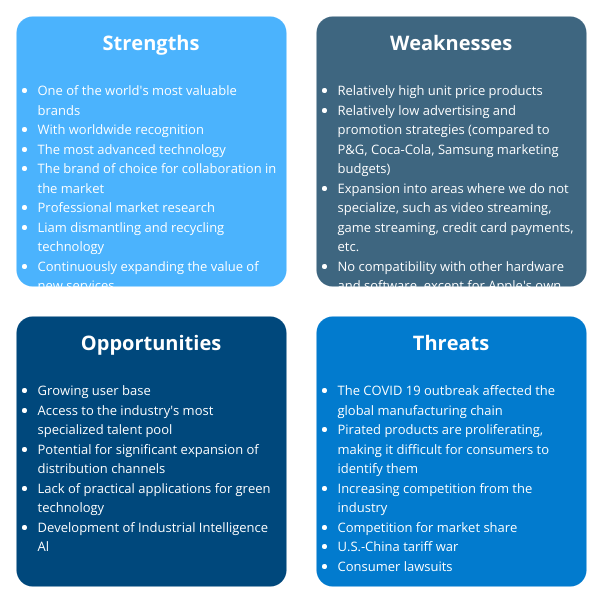1. Introduction
Starbucks, founded in 1971, has grown from a single store in Seattle to a global coffeehouse chain with over 30,000 locations worldwide. This case study examines Starbucks’ strategic position using a SWOT analysis, highlighting the company’s internal and external factors that influence its competitiveness and growth potential.
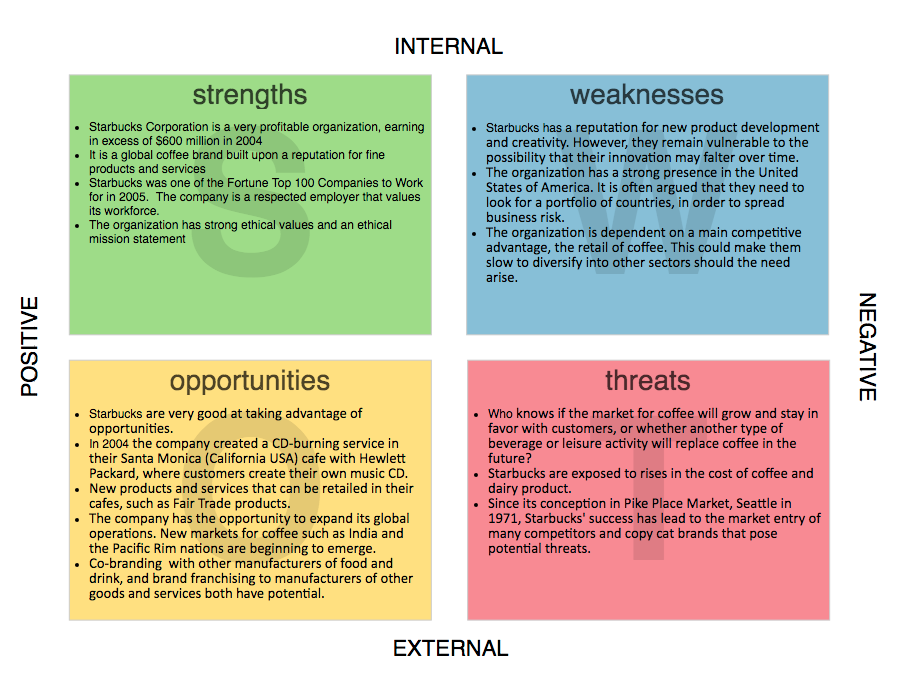
2. Strengths
2.1 Profitability
- Starbucks’ revenue growth has been steady, with a compound annual growth rate (CAGR) of 7.7% from 2012 to 2021, reaching $34.2 billion in 2021 (Statista, 2022).
- Net income has also shown consistent growth, with a CAGR of 9.4% during the same period, reaching $9.9 billion in 2021.
2.2 Reputation
- Starbucks is a globally recognized brand, ranking 38th in Forbes’ Global 2000 ranking of the world’s largest public companies (Forbes, 2021).
- Its strong brand equity is built on consistent quality, innovative products, and a focus on customer experience.
2.3 Employee Satisfaction
- Starbucks has consistently been named among Fortune’s “100 Best Companies to Work For,” with employee satisfaction rates well above the industry average (Fortune, 2022).
- High employee satisfaction drives engagement, productivity, and customer satisfaction.
2.4 Ethical Values
- Starbucks’ commitment to ethical practices, such as fair trade, sustainability, and community involvement, enhances its reputation and customer loyalty.
- The company’s ethical mission statement and comprehensive Corporate Social Responsibility (CSR) initiatives differentiate it from competitors.
3. Weaknesses
3.1 Innovation Vulnerability
- While Starbucks has been innovative in product development, maintaining a steady flow of successful innovations is challenging.
- The company must continually monitor consumer trends and invest in R&D to maintain its competitive edge.
3.2 Market Dependence
- Starbucks’ strong presence in the United States exposes it to risks associated with the U.S. market’s fluctuations.
- The company must focus on international expansion to diversify its revenue streams and mitigate market dependence.
3.3 Diversification
- Starbucks’ heavy reliance on its core coffee retail business could limit its growth potential if it fails to diversify into other sectors.
- Exploring new product categories, services, and distribution channels can help Starbucks reduce its vulnerability to market fluctuations and capture new revenue streams.
4. Opportunities
4.1 New Products and Services
- Starbucks can leverage its strong brand and customer loyalty to introduce new products and services, such as:
- Expanding its food menu to include healthier and more diverse options.
- Exploring plant-based and sustainable ingredients to cater to growing consumer preferences.
- Developing digital products and services, like mobile ordering, loyalty programs, and exclusive content.
4.2 Global Expansion
- Emerging markets like India, China, and Southeast Asia present significant growth opportunities for Starbucks.
- Targeted expansion strategies, tailored to local preferences and market conditions, can help Starbucks capture market share in these regions.
4.3 Co-Branding and Partnerships
- Collaborating with other food and drink manufacturers can help Starbucks expand its product offerings, reach new customers, and improve profitability.
- Strategic partnerships with complementary businesses, such as airlines, hotels, and retailers, can enhance Starbucks’ distribution channels and customer experience.
5. Threats
5.1 Market Competition
- The coffee market is highly competitive, with both established and new players targeting Starbucks’ customer base.
- Competition from fast-food chains (e.g., McDonald’s, Dunkin’), independent coffee shops, and convenience stores requires constant vigilance and differentiation strategies.
5.2 Cost Fluctuations
- Starbucks is exposed to fluctuations in the cost of coffee, dairy products, and other raw materials, which can impact its profitability.
- Implementing risk management strategies, such as hedging and diversifying suppliers, can help Starbucks mitigate cost volatility.
5.3 Imitation
- The success of Starbucks has led to numerous competitors and copycat brands attempting to replicate its business model and customer experience.
- To maintain its competitive advantage, Starbucks must continually innovate, adapt, and differentiate its offerings.
6. Strategic Recommendations
Based on the SWOT analysis, Starbucks should consider the following strategic recommendations to capitalize on its strengths, address its weaknesses, and mitigate external threats:
- Strengthen Global Expansion: Prioritize targeted expansion in emerging markets to diversify revenue streams and reduce market dependence.
- Innovate and Differentiate: Invest in R&D to maintain a steady stream of innovative products and services that cater to evolving consumer preferences and differentiate Starbucks from competitors.
- Diversify Business Model: Explore new product categories, services, and distribution channels to reduce reliance on the core coffee retail business and tap into new revenue streams.
- Strengthen Brand and Ethics: Emphasize Starbucks’ ethical values and commitment to sustainability to enhance brand reputation and customer loyalty.
- Monitor Costs and Competition: Implement risk management strategies to mitigate cost fluctuations and closely monitor market competition to maintain a competitive edge.
7. Conclusion
This comprehensive SWOT analysis case study highlights Starbucks’ internal and external factors that impact its competitiveness and growth potential. By leveraging its strengths, addressing its weaknesses, and capitalizing on opportunities, Starbucks can effectively navigate market challenges and maintain its position as a global leader in the coffee industry. Regularly updating this SWOT analysis will help Starbucks adapt to changes in the market and make informed strategic decisions.
References
- Forbes. (2021). The World’s Biggest Public Companies. <https://www.forbes.com/lists/worlds-biggest-public-companies/>
- Fortune. (2022). The 100 Best Companies to Work For. <https://fortune.com/best-companies/>
- Statista. (2022). Starbucks revenue from 2012 to 2021. <https://www.statista.com/statistics/276587/starbucks-revenue/>
Create an Engaging Starbucks SWOT Infographic with Visual Paradigm Online – Stand Out and Inform!
📈 Transform Your SWOT Analysis into a Visually Appealing Masterpiece!
🎨 Why Visual Paradigm Online?
- Easy and Intuitive: No design skills required – simply drag and drop to create stunning visuals.
- Templates Galore: Choose from a wide variety of templates to save time and customize to your needs.
- Interactive Features: Add interactive elements like clickable areas, animations, and multimedia to engage your audience.
- Real-Time Collaboration: Work together with your team in real-time, leaving comments, and making changes instantly.
- Export and Share: Easily export your infographic as a high-resolution image, PDF, or share it directly on social media platforms.
🌟 Steps to Create Your Starbucks SWOT Infographic
- Plan: Organize your SWOT data and decide on the layout, color scheme, and style that best represent your brand or message.
- Design: Use Visual Paradigm Online’s intuitive drag-and-drop interface to create your infographic, utilizing templates, shapes, icons, and text elements.
- Customize: Tailor your infographic with your brand’s colors, fonts, and logos to ensure consistent branding.
- Interact: Add interactive elements, such as clickable areas, animations, or multimedia, to make your infographic more engaging.
- Review and Refine: Collaborate with your team, gather feedback, and make any necessary revisions to perfect your SWOT infographic.
- Export and Share: Export your infographic as a high-resolution image, PDF, or share it directly on social media platforms to inform and impress your audience.
📊 Unleash the Power of Visual Storytelling with Visual Paradigm Online!
Transform your Starbucks SWOT analysis into an attractive, engaging, and informative infographic today! Sign up for Visual Paradigm Online now and enjoy a FREE trial to explore its extensive features and templates. Upgrade to a paid plan to unlock unlimited exports and advanced collaboration tools. Visit https://online.visual-paradigm.com to get started!
🚀 Join the Visual Revolution and Make Your SWOT Analysis Stand Out! 🚀
Click and Edit the Template instantly
SWOT Analysis Template (Hexagon)
Internet Small Business Startup


